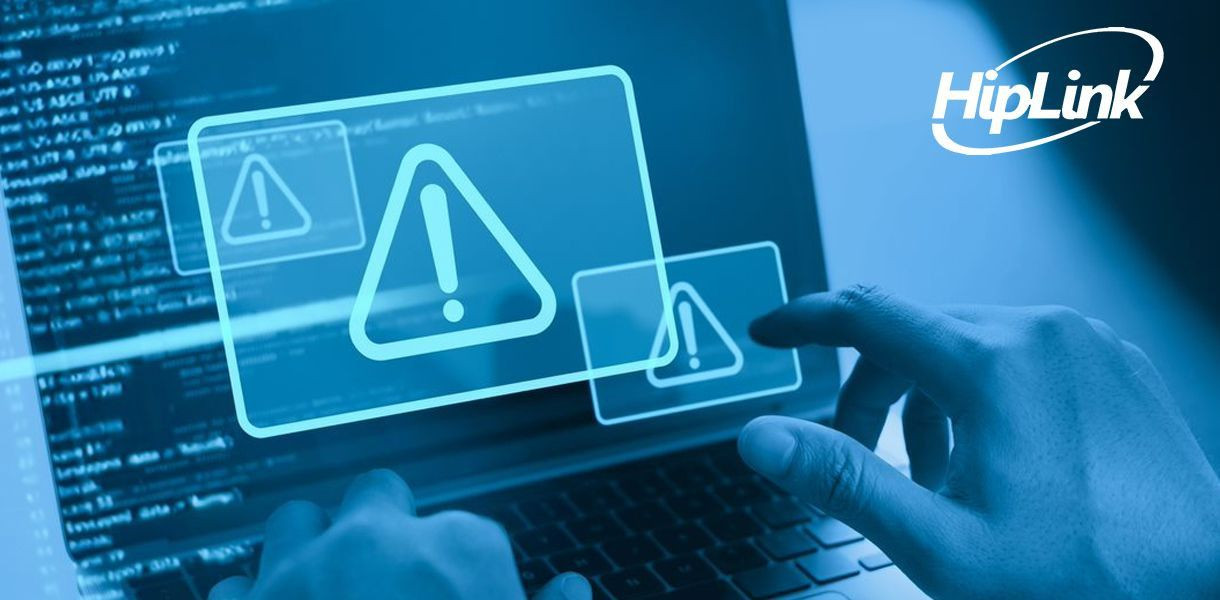Agencies are always on the lookout for ways to enhance their communication networks, particularly their alerting systems. Remote administration is the go-to solution for addressing the challenges of multimodal alerting. Strong remote administration tools represent a type of service-first methodology that offers comprehensive benefits across:
-
Centralized system management
-
Faster updates and fixes
-
Reduced need for downtime
-
Lower maintenance costs
-
More scalable management
Below, let’s dive deeper into remote administration and why its integration offers so many advantages to agency public alert systems.
Simplified & Centralized Management
First and foremost, remote administration allows agencies to manage their connected communication platforms from a central location. No matter where the system may be located, administrators can install the appropriate software and access it from anywhere in the world with an internet connection.
This makes it easier to manage the system without the need for on-site visits, saving agencies substantial time and labor in travel time. It also supports a simpler, more scalable system of management where operational costs are kept low.
Quick Remote Updates and Fixes
With remote administration, updates and fixes can be carried out quickly and efficiently, minimizing downtime as much as possible. Any necessary system patches or technical fixes can be done remotely while the system continues to function.
This is crucial for emergency alerting systems, ensuring they’re continuously available as needed. But even for agencies that don’t handle emergency response, this type of update efficiency can do wonders for reducing downtime and its associated costs.
Fewer On-Site Service Calls
On-site service calls tend to be time-consuming and often comprise a large amount of a company’s support budget. Remote administration eliminates the need for such calls by offering a faster, digitized way to handle emerging issues.
With the right remote administration tools, administrators gain a simple way to diagnose and fix issues remotely. These solutions offer a centralized way to transmit pertinent project information, including problem details, photos, voice records, histories of past work orders, and more. Compared with the time and expense of sending technicians on-site, this type of remote system reduces maintenance costs and makes it easier to manage the system within tight budget constraints.
Efficient System Configurations
Remote administration enables administrators to make system configuration changes quickly and deploy new features with ease. Any updates to processes, new modules, or upgraded applications can be easily installed to bring in new time-saving functionality.
For example, if a company needs to update its translations of automated voice announcements, this type of correction can be handled easily from a central location. Under more conventional infrastructure, that same company might need to make in-person trips to each location and update the systems manually. It’s hard to overstate how much more efficient this type of remote administration is in managing these costs.
Enhanced System Security
Remote administration enhances system security by providing centralized access control. Quality integrated solutions offer role-based access controls (RBAC) that provide system access to selected users from a central location. By doing so, agencies ensure that only authorized personnel can access systems.
Additionally, RBAC ensures that those who do have access can interact only with the features necessary to get their work done. This reduces the risk of unauthorized access and helps agencies work towards a security-first infrastructure that minimizes the risk of breaches.
Scalable System Management
As communication networks grow, it becomes harder and harder to manage them effectively. Remote administration solves this problem by digitizing key functions in a simple, streamlined way – thus enabling scalable system management for any level of growth. Agencies can manage an alerting system of any size from a central location and ensure that all functions remain active and available as their needs expand.
For example, as an agency's communication network grows, it’s simple to add more systems or partners to its alerting network without the need for additional on-site visits. On the other hand, if an agency's communication network decreases, it can scale down its alerting system accordingly, without incurring additional costs.
Integrate Remote Administration for Total System Efficiency
HipLink is a leading provider of remote administration solutions for public service administration, IT departments, and emergency services. Our advanced technology offers a wide range of features that support seamless, efficient management of communication systems. Our integrated remote administration tools enable agencies and businesses alike to manage their systems from a central location and streamline the process of communication management across the board.
Try our solution for free and see the difference that a structured, integrated alerting system can have on your organization.



